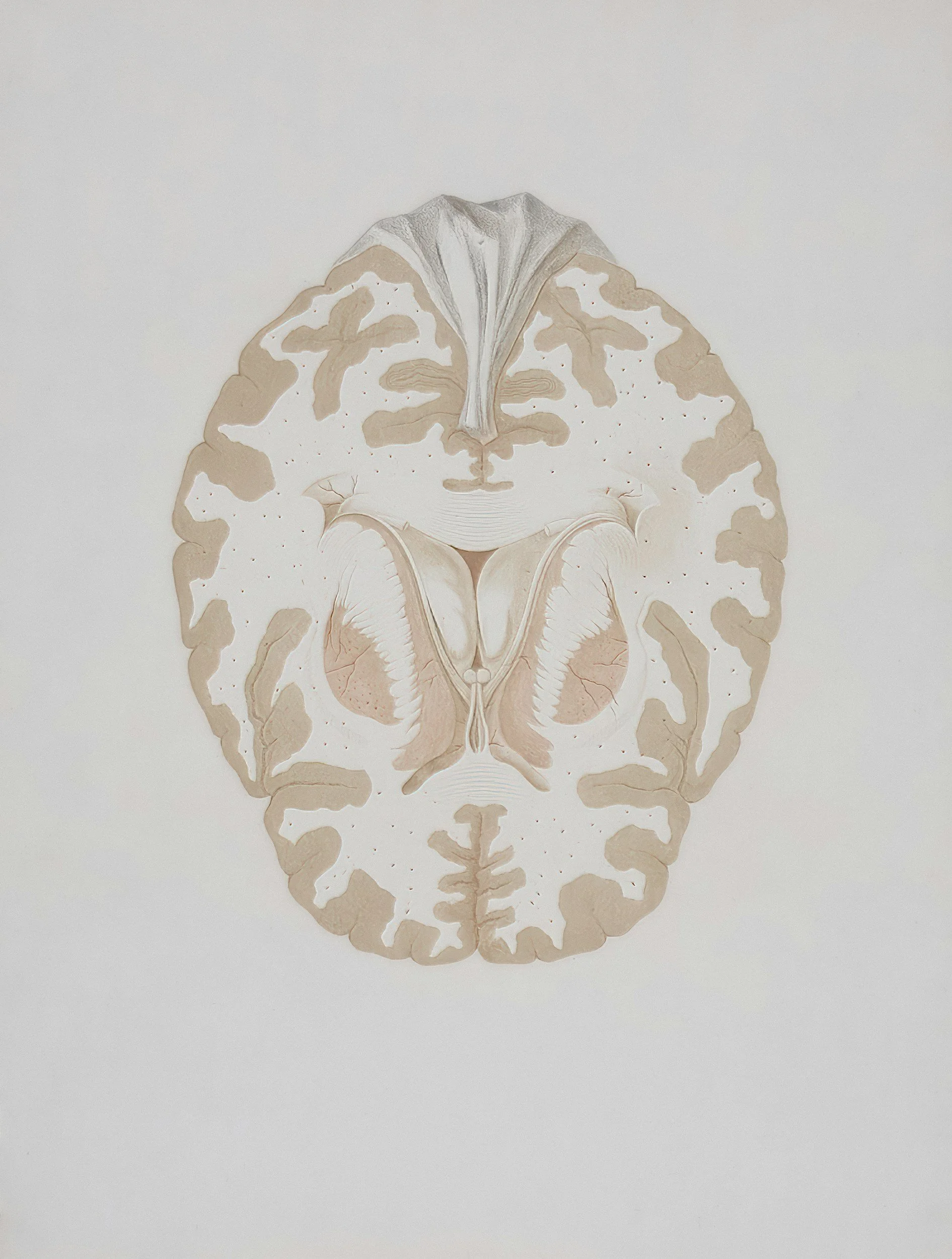EMDR vs Brainspotting
Explained by A licensed Therapist in South Florida
Takeaway: EMDR and Brainspotting are both powerful, trauma-informed therapies that access the brain's natural capacity to heal. While they share some somatic and neurological roots, their structure, pace, and client experience can differ significantly. This post helps you understand the nuances of each and how to decide what’s right for you.
Are you feeling stuck in therapy, wondering if there’s something deeper your current talk therapy hasn’t touched? You’ve probably come across terms like EMDR and Brainspotting and thought, “What’s the difference? And which one is right for me?”
If so, you’re not alone. These two modalities are gaining recognition for their ability to heal trauma at the root—especially for people with complex PTSD, developmental trauma, or nervous system dysregulation.
This article explores the key similarities and differences between EMDR (Eye Movement Desensitization and Reprocessing) and Brainspotting through a clinical, somatic, and trauma-informed lens. Whether you're a curious client or a therapist researching next steps, you’ll find grounded, jargon-free guidance here.
Let’s begin by understanding how each approach works—and how they can support your healing journey.
Understanding EMDR therapy
EMDR (Eye Movement Desensitization and Reprocessing) is a structured, evidence-based therapy that helps people process traumatic memories by engaging the brain's natural adaptive information processing system. Developed by Francine Shapiro in the late 1980s, EMDR uses bilateral stimulation (like eye movements, tapping, or auditory tones) to support the nervous system in safely accessing, reprocessing, and integrating distressing experiences.
During EMDR, clients are guided to recall traumatic memories while simultaneously receiving bilateral stimulation. This dual attention—focusing on the memory while staying anchored in the present, helps the brain "unstick" the memory and reintegrate it with a sense of safety and resolution. EMDR is particularly effective for PTSD, but is also used to treat anxiety, phobias, attachment trauma, and chronic emotional stuckness.
At Restorative Integrations, EMDR is offered in both weekly therapy and in 3-5-day intensives, often paired with nervous system resourcing, parts work, and optional integrative practices like yoga, meditation, breathwork, reiki, or KAP.
Understanding Brainspotting
Brainspotting is a brain-body-based therapy developed by David Grand, Ph.D., in the early 2000s. Rooted in somatic experiencing, neuroscience, and eye-position reflexes, Brainspotting posits that "where you look affects how you feel." Therapists help clients locate a “brainspot”—a specific eye gaze that correlates with stored trauma or emotional activation—and use mindful attunement and presence to allow the body and brain to process the stuck material.
Unlike EMDR, which follows a protocol, Brainspotting is often more intuitive and less structured. It invites a deep, internal process guided by the client’s felt sense and somatic cues. Many clients describe it as a bottom-up experience that allows for profound shifts without needing to "talk through" the trauma.
This modality can be especially helpful for clients who dissociate, have preverbal trauma, or feel overwhelmed by cognitive processing. It’s also popular among creatives, athletes, and highly sensitive individuals due to its subtle yet powerful approach.
EMDR vs. Brainspotting: 4 Key Similarities
While distinct in structure, EMDR and Brainspotting share several therapeutic foundations:
1. Both are trauma-informed and neurobiologically grounded
They work with the brain’s natural healing mechanisms rather than against them. Both modalities acknowledge that trauma is stored in the body and nervous system—not just in thoughts or memories.
2. Both engage the subcortical brain
EMDR and Brainspotting access deeper layers of the brain (like the limbic system), where trauma is often stored beyond language. This allows clients to process material that may not be reachable through traditional talk therapy.
3. Both can integrate with somatic and attachment work
These therapies pair well with parts work, somatic resourcing, and polyvagal-informed practices. Many trauma therapists combine them with other modalities to tailor care.
4. Both require attunement and safety
Whether structured (EMDR) or intuitive (Brainspotting), both approaches rely on a strong therapeutic relationship, co-regulation, and careful pacing. They're not “quick fixes,” but relational, reparative methods.
Brainspotting vs. EMDR: 5 Key Differences
Despite their shared roots, the client experience and clinical structure of each modality differs:
1. Structure vs. Fluidity
EMDR follows an 8-phase protocol with a beginning, middle, and end. Brainspotting is more open-ended and client-led, with fewer steps and more spaciousness.
2. Focus on Cognition vs. Felt Sense
EMDR often includes cognitive interweaves and targets belief shifts (e.g., "I am powerless" → "I am in control"). Brainspotting bypasses cognition and focuses on sensations, emotions, and energetic shifts.
3. Therapist-Led vs. Client-Led
EMDR sessions are typically more guided by the therapist, who helps select targets and interventions. However, EMDR often feels like you’re walking a path together with your therapist. Brainspotting, at time,s may feel like it places the client in the lead, with the therapist acting as a deeply present witness.
4. Bilateral Stimulation vs. Eye Position
EMDR uses back-and-forth stimulation to activate hemispheric processing. Brainspotting uses a fixed gaze (or slow gaze tracking) to locate and access the brainspot.
5. Ideal Client Differences
EMDR may work well for clients who prefer clear steps, structure, and goal-setting. Brainspotting may be a better fit for those who are highly somatic, non-verbal, or overwhelmed by directive approaches.
Choosing which therapy approach is right for you
Choosing between EMDR and Brainspotting isn’t about which one is "better," but about what your body, brain, and nervous system responds to best. If you're someone who needs a structured roadmap with research-backed protocols, EMDR may be ideal. If you crave a gentler, body-led process that bypasses analysis and dives into sensation, Brainspotting could be the way forward.
At Restorative Integrations, we specialize in EMDR therapy (weekly and intensive) with a somatic and trauma-informed lens. While we don’t currently offer Brainspotting, we honor its place in the healing ecosystem and are happy to consult or refer you to trusted providers.
If you’re ready to explore EMDR—especially our 3-5-day personalized intensives in Fort Lauderdale— click the button below to complete our brief form and schedule and introductory call!


